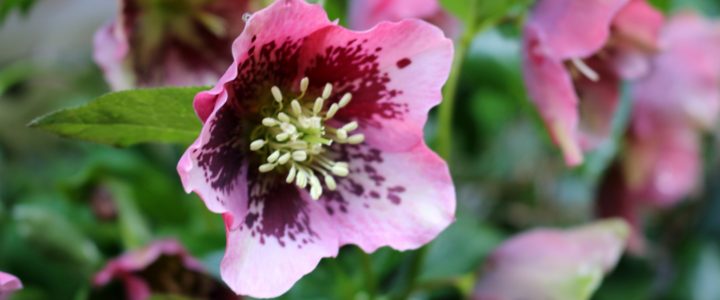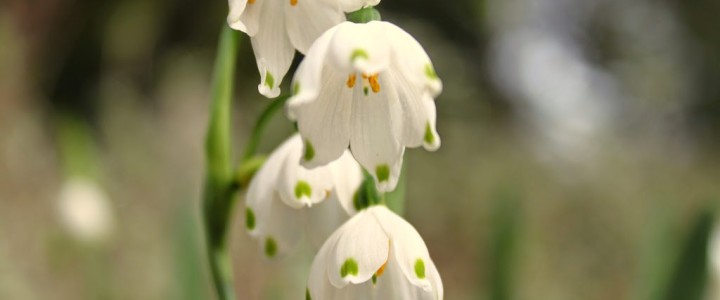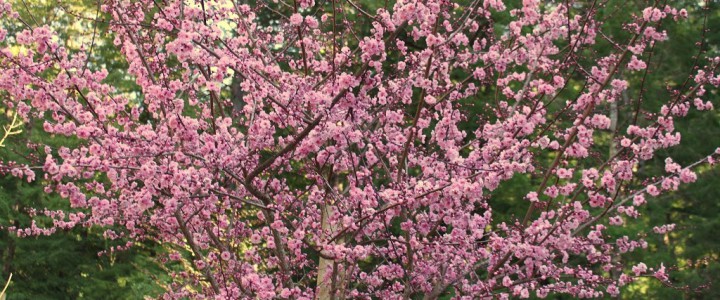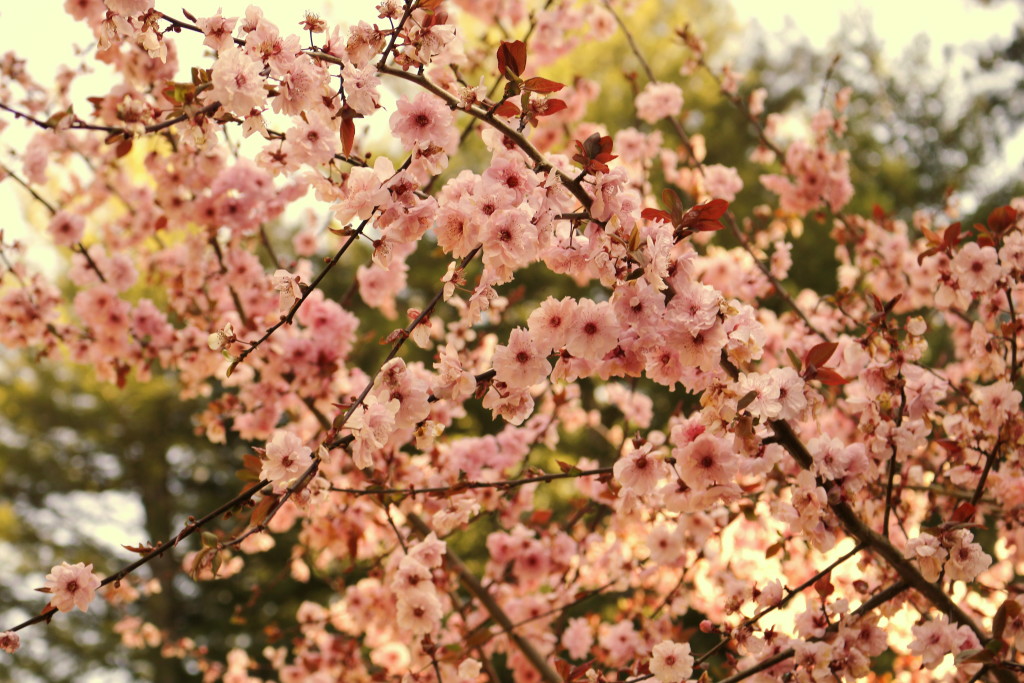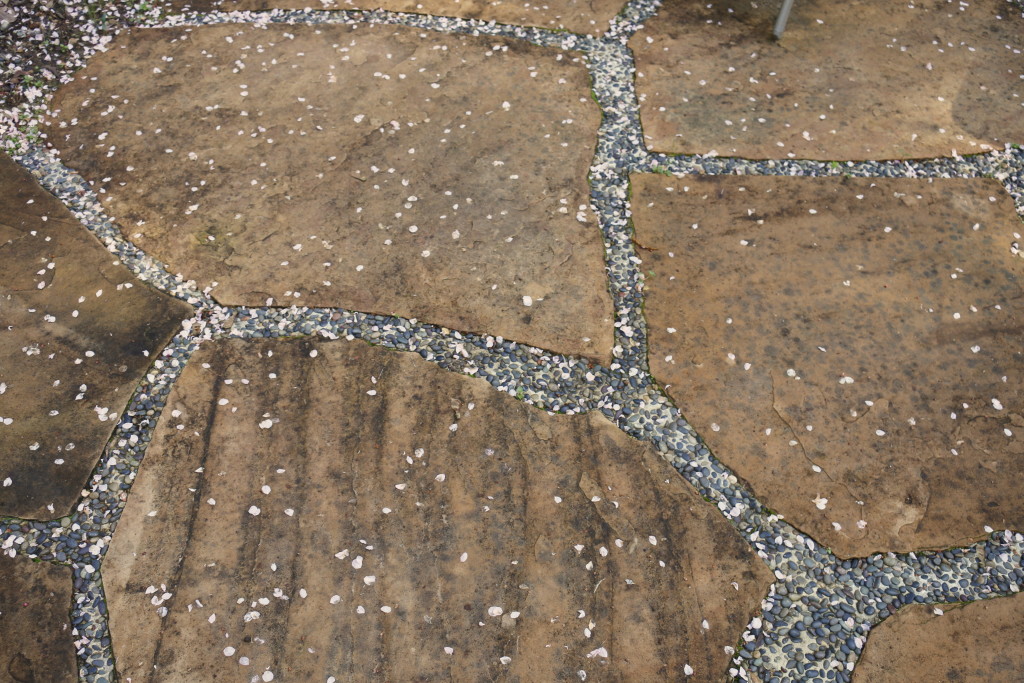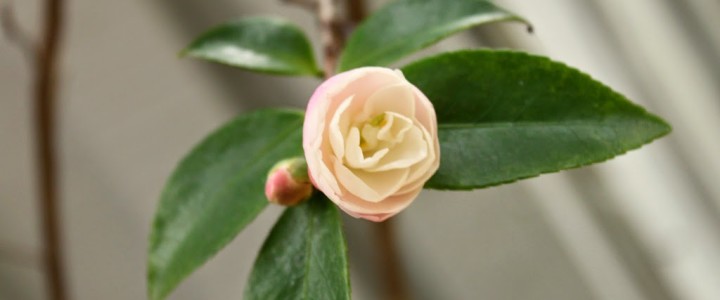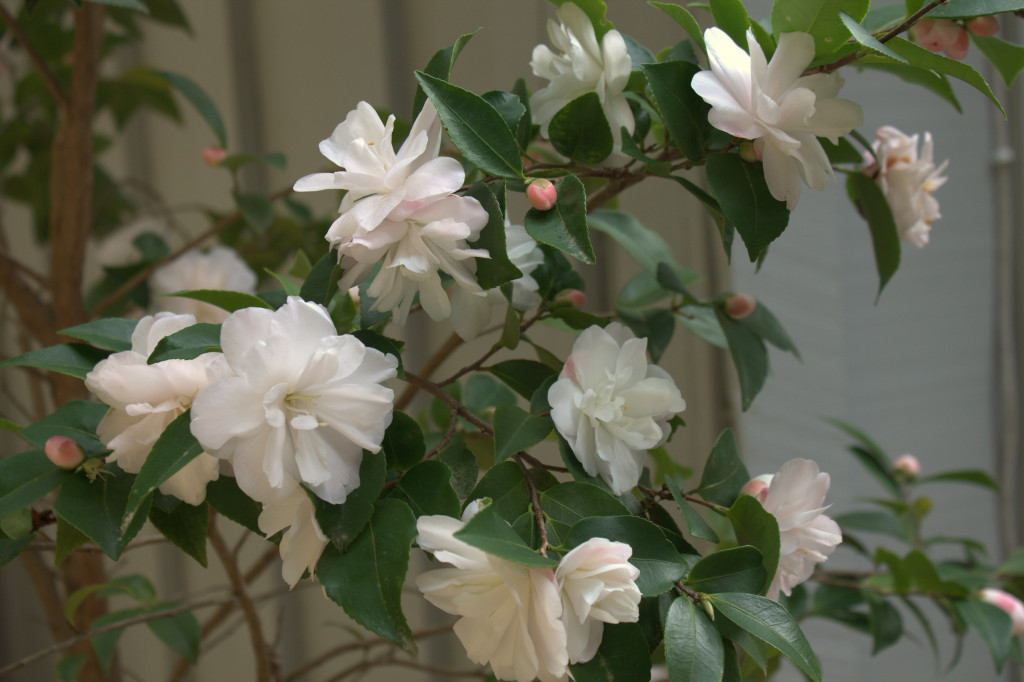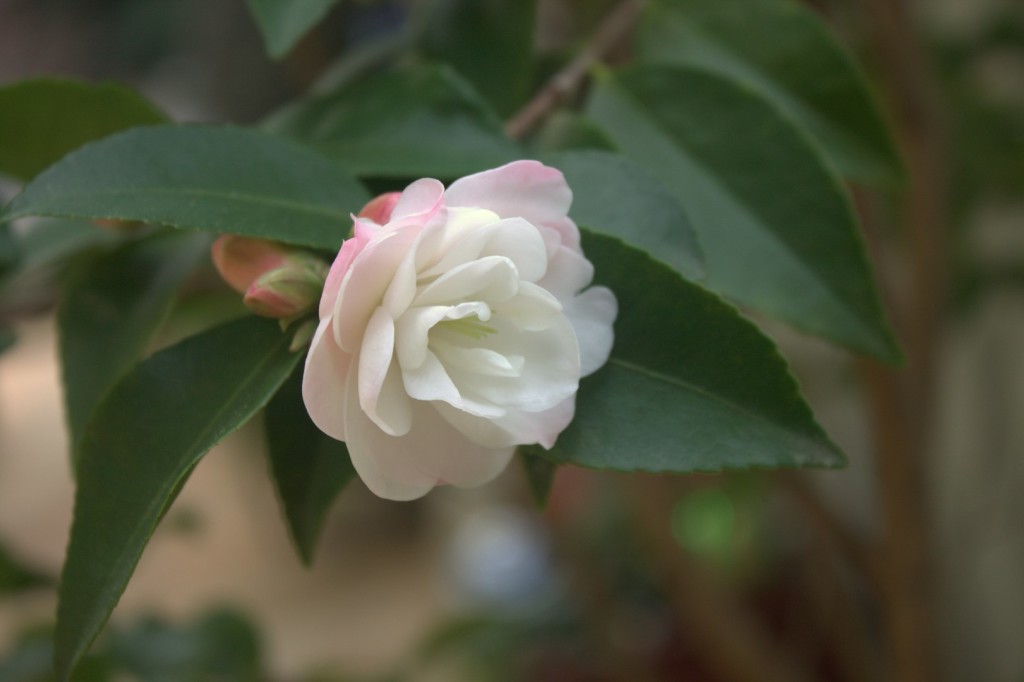Hellebores (Helleborus x hybridus) often called Christmas or Lenten Rose. They are particularly valued by gardeners for their winter and early spring flowering period. The plants are surprisingly frost-resistant, and many are evergreen like ours.
They are also valued for their shade tolerance. Most of our cottage garden is in shade during the late fall to early spring months and hellebores help make it a four-season garden!
I found all kinds of lore around this plant. At one time the Christmas Rose was used to predict the weather. In the countryside, people cut twelve flowers on Christmas Eve and placed them in a vase. Each flower symbolized the weather for one month of the following year. The forecast was based on whether the flowers opened or not. Closed flowers indicated bad weather and open flowers indicated good weather. I’ll have to try this next Christmas Eve and report my findings. 😉
Published by Amy on Mar 6, 2018


